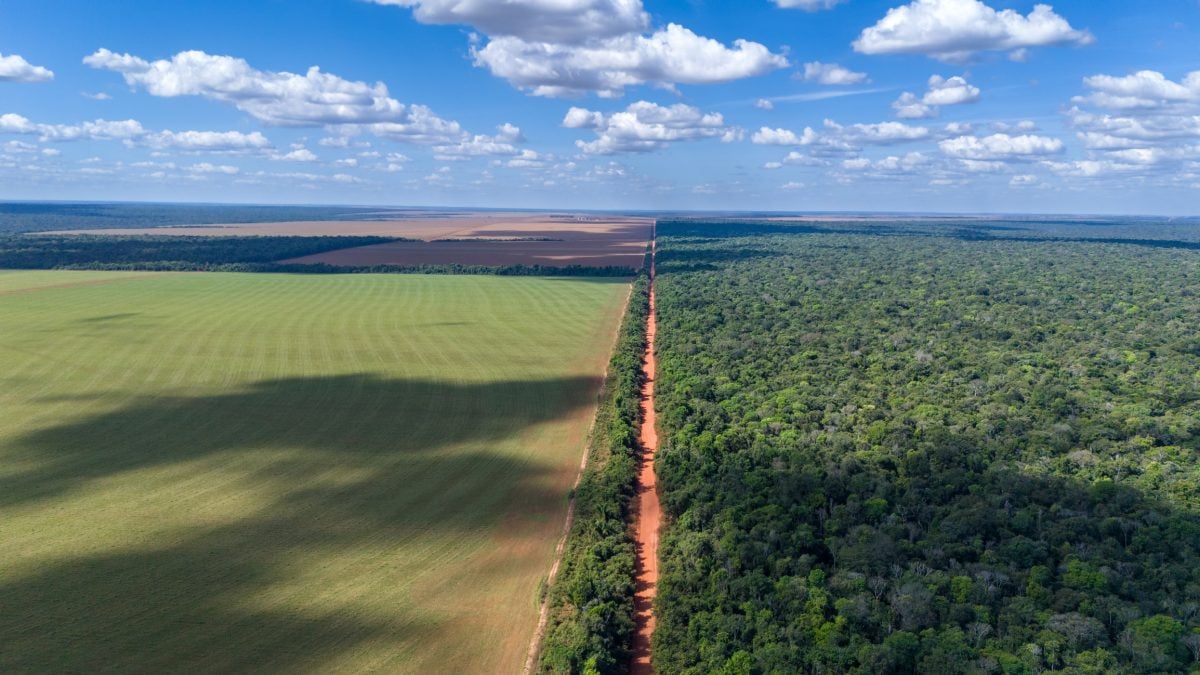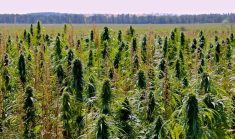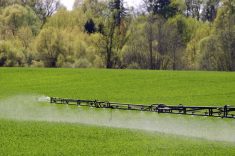CNS Canada — Anticipated legislative changes for marijuana production could spill over to hemp, according to the head of an industry group — but this year, Canada’s hemp producers are struggling to meet a surprise demand increase from Asia.
“There’s lots of discussion with things changing in the marijuana arena; hemp also falls in that cannabis space,” said Kim Shukla, executive director of the Canadian Hemp Trade Alliance (CHTA) at Steinbach, Man.
While hemp is a distinctly different crop, the industry is anxiously waiting to see what will happen with regulations in relation to marijuana, she said.
Read Also

Soy trading firms to abandon Amazon protection pact in Brazil
Some of the world’s largest soybean traders are preparing to break their agreement to curb deforestation of the Amazon rainforest to preserve tax benefits in Brazil’s top farm state, two people with direct knowledge of the matter told Reuters.
“We are anticipating — hopeful — that there may be some improvements made to the administrative end of the paper work for the coming year.”
In August, Health Canada changed legislation to allow medical marijuana users to home-grow their own marijuana, a move that is expected to precede bigger policy changes next year.
The governing Liberal party also campaigned on a promise to legalize and regulate marijuana.
Industrial hemp plants contain low levels, about 0.3 per cent, of the psychoactive ingredient THC. Marijuana plants typically contain five per cent or more.
Canadian hemp growers are only permitted to use certain parts — the stalk and seeds — of the plants they grow, and industry participants have said in the past that regulations limit market opportunity.
“There haven’t been any changes, but we’re optimistic, probably more so than we’ve ever been, as far as some pending improvements to working with Health Canada,” Shukla said.
Hemp acres were lower this year, to correct the high leftover volume from the 2014-15 crop year. Shukla estimated there were about 30,000 acres contracted in 2016.
“The weather has not been that co-operative; hemp is one of the last crops to be harvested, so we still have some crop out in the field in Saskatchewan and Alberta,” she said.
Crop could be damaged by sprouting due to excess moisture.
Demand for Canadian hemp from South Korea has increased exponentially, as exports to the country have grown about 2,922 per cent from 2015 to 2016, according to data from Statistics Canada and CATSNET Analytics compiled and provided by CHTA.
“That South Korean market has really taken off for us,” Shukla said.
Looking to next year, processors are looking to contract an increased amount of acres to meet demand, with early estimates between 125,000 and 150,000 acres.
“The processors really seem to be stepping up to be able to manage, and I’m hoping that through the year we’ll be able to have some new folks coming on.”
— Jade Markus writes for Commodity News Service Canada, a Winnipeg company specializing in grain and commodity market reporting. Follow her at @jade_markus on Twitter.
















